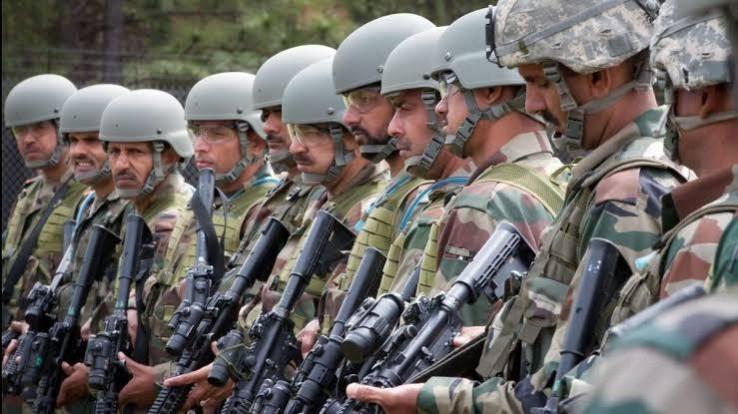When Indian Army officer Prashanta Kumar Ghosh reached Dhaka along with a handful of Mukti Bahini personnel and Indian soldiers at 4 a.m. on December 16, 1971, he was among the first of the Indian Army to reach the capital city. However, the journey was not an easy one, and began as a risky operation for him that started in April that year.
"I was an officer of 50 Parachute Brigade posted in Agra. In February 1971, we were ordered to move to West Bengal because of the elections. The Naxal (Maoist) movement was at its peak and there was information that the rebels might attempt to disrupt the election. We were given the responsibility to neutralise the ultra-Left forces in the state," Ghosh, who rose to the rank of Brigadier later, said in an interview to IANS.

"From the middle of March, the things started to change abruptly and the relation between East and West Pakistan started to turn sour and we could sense a serious conflict. In October/November, I was told to go to Bangladesh via Meghalaya where I would have to work as an informer," he said.
"It was mid-November when I entered Bangladesh through Tura (city of Meghalaya). Clad in lungi and a T-shirt and with a bag made of jute, I entered Bangladesh. My name was Peter and I was supposed to become a freelance journalist who came there in search of good stories. I was assisted by a little boy who knew the local dialect. I was told very clearly that if I was caught then the Indian government would disown me," Ghosh said.
"I was given a letter and I was told to meet Kader Siddique, a Mukti Bahini leader. The letter contained my identity. I entered East Pakistan and went deep south to a place called Tangail. The place was strategically important because from here Dhaka was only 40 km to the north and to the south, the route forked into Jamalpur and Mymensingh – where the Pakistani army was having a strong command," he said.
"My job was to create roadblocks with the help of Mukti Bahini and plan secret attacks on the Pakistani Army to create a sense of fear. I was engaged in my job. On the 10th of December, I was informed the Indian Army would launch an airborne assault and I will have to facilitate their para-dropping in Tangail. Immediately I got engaged in the job.

"The next day the paratroopers dropped deep inside the territory and took control of Pungli bridge which was on north of Tangail. The bridge was strategically important because it was a gateway to Dhaka. I was instructed to delay the movement of the Pakistani Army that was coming from Mymensingh en route to Dhaka. We obstructed the Pakistani troops and delayed their movement for more than one hour. This helped the Indian force to settle and take on the Pakistani Army with all its might. The Pakistani force was dispersed and our way to Dhaka was cleared," Ghosh said.
"On the 15th of December, we were at Mirpur, the outskirts of Dhaka and at 4 a.m. on the next day, we entered Dhaka. We went to Roman Racecourse where General Jacob (Eastern Command Chief of Staff Lt Gen J.F.R. Jacob) flew in to draft the surrender of the Pakistani Army. Pakistan's Lt Gen (Amir Abdullah Khan) Niazi was told to hand over his pistol during the surrender process and it was also told that the surrender process will be held in public where everyone will be present. He was forced to accept it," he added.
![Indian Army and J&K police raided a militant hideout in J&K. [Representational Image] In Picture:Indian army soldiers run at an encounter site at Chinor village on the outskirts of Jammu 27 August 2008. Suspected Muslim militants who slipped across the border from Pakistan into Indian Kashmir killed at least two civilians and an army officer in the Hindu-majority region of Jammu on Wednesday, police said Indian Army](https://data1.ibtimes.co.in/en/full/619059/indian-army.jpg?w=674&h=449&l=50&t=40)
"At 4 p.m. (Eastern Command chief, Lt Gen J.S.) Aurora came by helicopter to complete the surrender process. The surrender took place in front of the international press and Niazi and Arora signed the treaty. The famous photograph shows the signing being done. We were also there watching the history in the making," he said.













